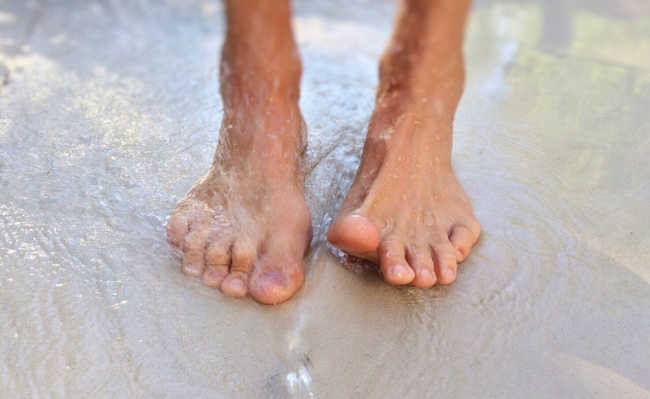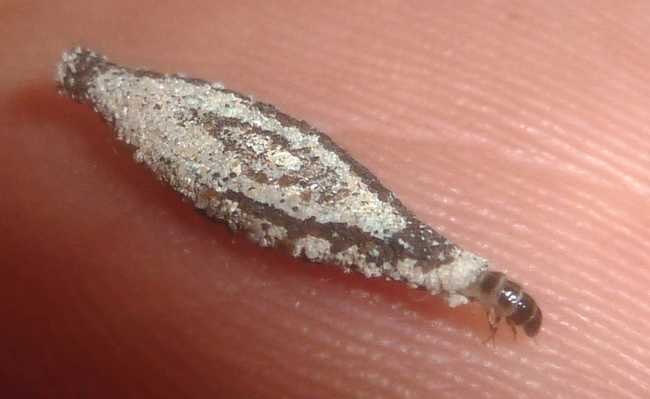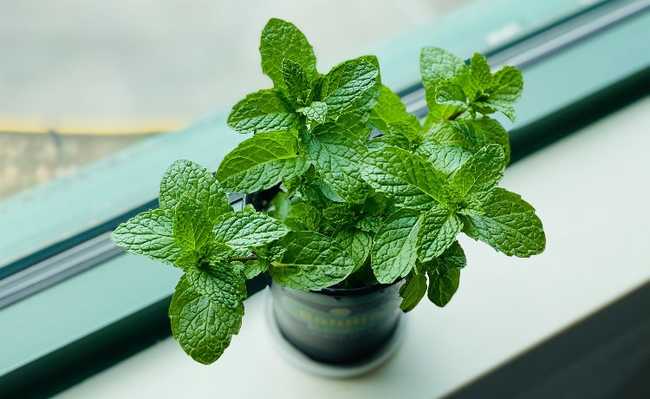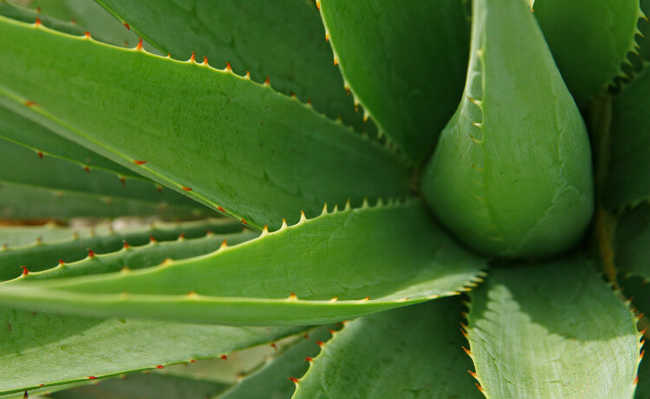Reuse water and use of rainwater: what are the differences?
Understand the differences between reused water and catchment systems for harvesting rainwater. Choose the type that's right for you

Dirk Wohlrabe image by Pixabay
The problems of water scarcity are faced by countries all over the world as a result of the disorderly development of cities, pollution of water resources, population and industrial growth, among others. These factors generate an increase in demand for water, causing the depletion of this resource. Two options to avoid overspending this very valuable resource are reuse water and the use of rainwater. But do you know the difference between them?
In many cities or places where water is not available, solutions are needed that deal with the context, specificity and characteristics of the area. Another important factor in the water issue is the availability of these resources in regions of the world and even in Brazil, as even though we have 13.7% of all surface fresh water on Earth, 70% of this total is located in the Amazon region and only 30% is distributed throughout the rest of the country. In addition, while industrialization takes place, there is also a great potential for contamination, which further restricts freshwater sources. And more and more people are trying to use new techniques to reduce water consumption and consumption.
The reuse of water and the use of rainwater for non-potable purposes, in the case of rural areas, can be solutions to deal with scarcity. With the correct treatment, rainwater can be used for drinking purposes as well. Learn more in the article: "How to treat rainwater?"
However, there is a difference between reused water and the use of rainwater, as each type has a different need for treatment, management and depends on the location (whether rural or urban, house or apartment). Let's understand the differences between these types:
Wastewater
Also called waste water, it is all waste water that results from the use of various processes. Article 2 of Resolution No. 54 of November 28, 2005, of the National Water Resources Council – CNRH, classifies these waters as: “sewage, discarded water, liquid effluents from buildings, industries, agribusiness and agriculture, treated or not”. The São Paulo State Environmental Sanitation and Technology Company (Cetesb) exemplifies that domestic wastewater comes from bathrooms, kitchens, washing of domestic floors; while industrial wastewater comes from industrial processes.
reuse water
In the aforementioned CNRH article, reuse water is that wastewater found within the standards required for its use in the intended modalities, that is, the reuse of water consists of the reuse of certain water that has already served for the development of a human activity . This reuse occurs from the transformation of wastewater generated in some activity into reuse water. This transformation takes place through treatment. According to scientific bases, reuse can be direct or indirect, resulting from planned or unplanned actions:
Unplanned indirect water reuse
It occurs when water, used in some human activity, is discharged into the environment and used again downstream (downstream), in its diluted form, in an unintentional and uncontrolled manner.
Indirect planned water reuse
It occurs when the effluents, after being treated, are discharged in a planned manner into bodies of surface or underground water, to be used downstream, in a controlled manner, in order to serve some beneficial use. There is a control over any new effluent discharges along the way, thus ensuring that the treated effluent will only be subject to mixtures with other effluents that also meet the quality requirement of the intended reuse.
Direct planned water reuse
It happens when the effluents, after being treated, are sent directly from their discharge point to the place of reuse, not being discharged into the environment. It is the most frequent case, intended for use in industry or irrigation.
Reusing gray water produced in homes also falls into this category - gray water is a type of reuse water from baths, washing machines and bathroom sinks - is water that has not come into contact with black water (those mixed with faeces and urine). This water can be collected through domestic cisterns and reused in flushing, cleaning floors or in the yard and even for washing the car, depending on the type of residue that the gray water contains. Learn more about gray water in the materials: "Gray water: how to use reuse water" and "The colors of effluents: understand the differences between gray water and black water".
Rain water
Rainwater is often considered as sewage, since the most common is that it passes through roofs and floors, going straight into the sewers. From then onwards, as it acts as a "universal solvent", this water carries with it all sorts of dissolved impurities or just mechanically transports waste to a stream and then to rivers - this is the main way in which garbage reaches the oceans. Read more in the articles: "90% of the plastic in the oceans comes from just 10 rivers" and "What is the origin of the plastic that pollutes the oceans?"
However, if rainwater is captured in areas with restricted access before this route, it can be used for non-potable purposes without the need for more complex treatment. For this, it is recommended that the first 1 mm of water or up to 2 mm be disposed of in urbanized areas, as studies have shown that this initial disposal (first flush) carries the impurities suspended in the air and on the roof, which may contain animal faeces and organic matter.
These first millimeters are due to the calculation of the project, for example, when capturing water from a roof, its size and how much it rains in the region (which can be found here). These will be determining factors in the design of the initial disposal and the size of the storage tank. Usually, 1 mm of rain is adopted on 1 m² of roof, which is equivalent to 1 liter of water - that is, if your roof is 50 m², the first 1 mm of rain would be 50 liters, a volume that should be initially discarded and led to the rainwater drainage system. Never connect the disposal of this first rainwater to sewage collection systems.
However, the system designer must follow the ABNT NBR 15527 of 2007, which establishes the guidelines for projects regarding water parameters, as this type of water is not considered potable in its original state and can pose risks when ingested and when coming into contact with mucous membranes, which makes it necessary to dose chlorine in the tank. But, as mentioned above, it is possible to treat rainwater at home for drinking, if this is a necessity in your region.
water applications
According to Cetesb, it is possible to use reuse water in some situations:- Landscape irrigation: parks, cemeteries, golf courses, highway lanes, university campuses, greenbelts, residential lawns, and green roofs;
- Irrigation of fields for crops: planting forages, fibrous and grain plants, food plants, ornamental plant nurseries, protection against frost;
- Industrial uses: refrigeration, boiler feed, process water;
- Aquifer recharge: drinkable aquifer recharge, marine intrusion control, subsurface settlement control;
- Non-potable urban uses: landscape irrigation, fire fighting, flushing toilets, air conditioning systems, washing vehicles, washing streets and bus stops, etc.;
- Environmental purposes: increase of flow in water courses, application in swamps, wetlands, fishing industries;
- Various uses: aquaculture, construction, dust control, animal watering.
It is also necessary to be careful when storing these waters for later consumption. The ideal is to use domestic cisterns, which are already equipped with water collection and filtering systems. You can also make your own residential cistern.








